Chai latte, anyone? The history of masala chai and how it went global
The mixed spice tea beverage from India is found all over the world – but did you know about its dark past? The Financial Times’ Anjli Raval shares its history – and her family’s own recipe.
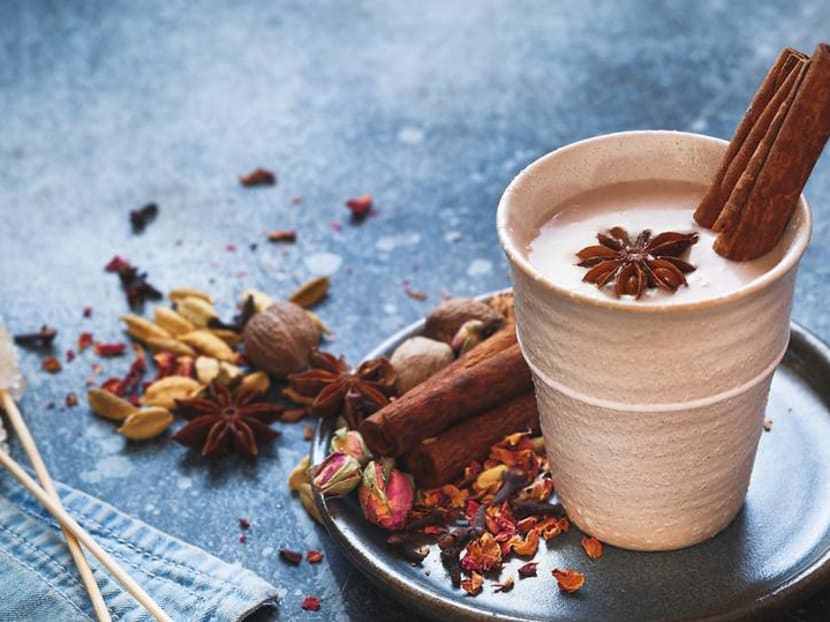
Masala chai with spices. (Photo: iStock/ SStajic)
In most Indian households, the day starts after bathing, praying and breakfast. But for me, even when I was younger and religious, chai has always come before God.
It is not just a cup of tea or a caffeine hit. Each morning, the terracotta drink cures me of the previous day and sets me up for the next. It is a healing tonic that relieves and rejuvenates.
READ: Bhai Sarbat: The story behind Kampong Glam’s famous tea stall
In its simplest form, masala chai is made with strong black tea leaves, milk and often water, simmered with sugar and spices such as ginger, cinnamon, cloves, nutmeg and black pepper. The aromas that fill the air within minutes of heating up the saucepan have an uplifting effect long before the sweet, spicy elixir touches the lips.
These joyful sensations are compounded only when, after a sip or two, I take a bite of something savoury – hot buttered toast, a samosa or fafda gathia, a crispy chickpea-flour snack from Gujarat.
DIFFERENT METHODS
As with all staples of the Indian subcontinent, the spice mix (the chai masala) and the method of preparation vary according to region, family and the individual making the brew.
Some boil water then add the tea leaves and spices before including the milk and sugar (as the restaurant Dishoom recommends), while others have it bubbling all in one go. Some favour using whole spices, while others – my family included – prefer a blend of toasted and then ground spices.
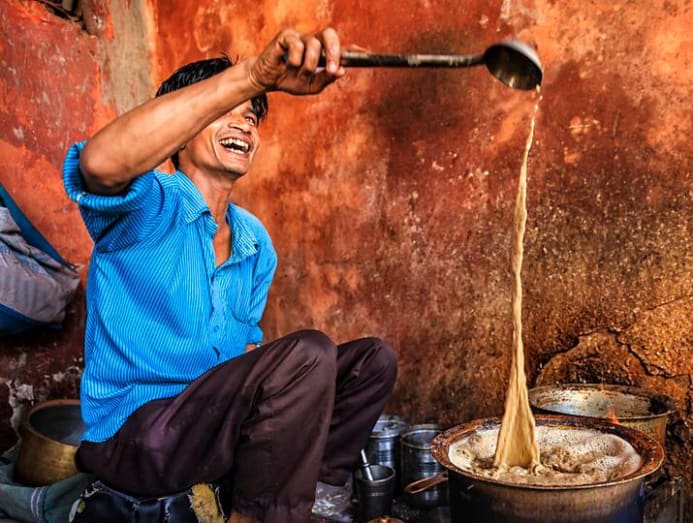
“The key is to get the balance of flavours just right, so that one spice doesn’t overpower the other,” said tea historian Jane Pettigrew. “It all has to be in harmony.”
Recipes for these blends are a source of pride and often closely guarded secrets. My friend Krish’s 93-year-old grandmother, who dispatches her famed spice blend to friends and relatives across continents, won’t disclose the formula even to her own children.
Legend has it that the origins of masala chai date back thousands of years to when an ancient king in what is now India sought out a medicinal beverage. The drink he created did not include tea, but it was full of spices, rich in antioxidants meant to aid digestion, calm the nerves and enhance circulation.
A DARK PAST
Today, the drink – laden with tea, milk and sugar – is omnipresent in India. Chai accompanies a neighbourly gossip or heady political discussion. It is how guests are welcomed into a home and how business deals are sealed. Roadside and train station chai wallahs have pots constantly bubbling away, serving espresso-style pick-me-up shots in glass tumblers or clay kulhars throughout the day.
Yet the modern history of India’s favourite drink is a dark tale. The British developed a taste for Chinese tea from the 1650s onwards but became increasingly unwilling to pay for it. Then, in the early 1800s, a wandering Briton discovered tea growing wild in the north-eastern state of Assam. India’s tea industry was born.
READ: Creative Capital: The woman helping to feed children through spice boxes
The local population laboured in appalling conditions to produce the tea but never drank it themselves or reaped the financial rewards, said Shashi Tharoor, author of Inglorious Empire, a book about the British in India.
It was only when demand in England dropped during the Great Depression of the 1930s that the British encouraged Indians to drink tea. “Stuck with vast quantities of unsold tea, they had no choice but to target the Indian market, after ignoring the natives for a century,” he said. “Economics drove tea consumption.”
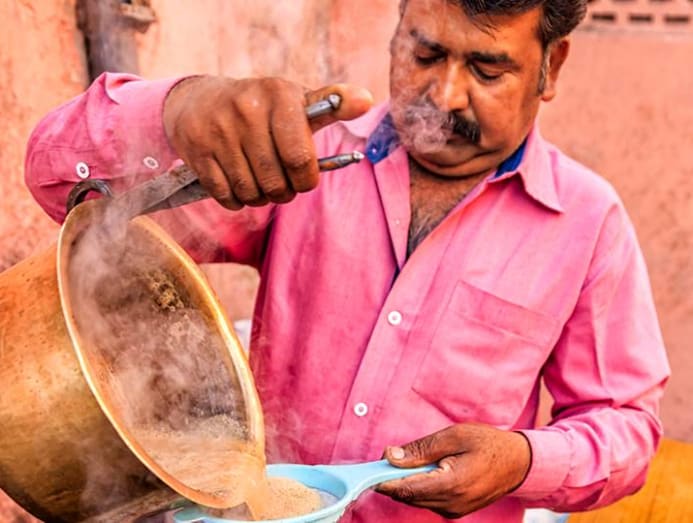
Local vendors went on to create their own takes on the British cup – which was a mix of tea, milk and of course sugar, itself a product of exploitation and the plantation economy. The addition of spices, including ginger, cardamom and nutmeg, soon became commonplace.
Subcultures have emerged, as have regional concoctions. In south India, a type of basil called tulsi is added; in Punjab, they favour green cardamom; in Kashmir, green tea is preferred as a base; and in Sikkim, they have a “butter” tea. Other variations include fennel, star anise, mint or saffron.
READ: Have a 'kitto katsu'? How KitKat went from British snack to Japanese fave
India consumed about 80 per cent of its 2019 tea production of 1.4 million tonnes. But the industry, which is the second largest in the world after China’s by output, is under acute stress. Coronavirus-related lockdowns dramatically lowered production over the past year. Meanwhile, workers in Assam, which produces half the country’s supply, have been on strike to protest poor conditions.
In other parts of the country, such as the south, estates have slashed their workforces over the years, paid higher wages and mechanised the production process. But in Assam they are still dealing with a legacy of indentured labour, often migrants who were brought over to work in the tea gardens and were compensated with housing but little else.
“For owners, margins are wafer-thin,” says Prabhat Bezboruah, chair of the Tea Board of India. “In Assam we have a large workforce that we obviously can’t get rid of, despite 70 per cent of the people that are supported by the tea estates in terms of housing and things not actually working in the industry. So they are paid badly, their work is not valued adequately and it becomes a vicious cycle. This structure is unsustainable.”
READ: A young man learns his father’s ‘magic’: The story of Yishun’s Indian spice store
Drought has compounded the region’s problems and India’s latest deadly coronavirus outbreak is threatening the tea harvest as infections surge among plantation workers. The sector also has an eye on the impact of climate change and unpredictable weather patterns.
STARBUCKS' CHAI LATTE
Meanwhile, masala chai has gone global, from the launch of Oregon Chai products in 1994 in the US to the Starbucks chai latte, often laden with vanilla, cinnamon, sweeteners and syrups.
In London, Mayhul Gondhea, co-founder of Pamban Chai & Coffee House, says the company has sought to create an authentic masala chai culture.
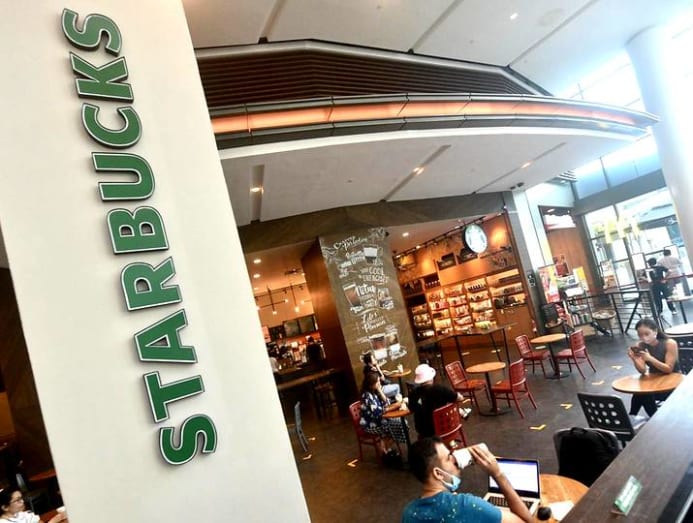
“The artisan coffee scene has been great, but it all looked the same. Good coffee, shit tea. We wanted it to be on an equal weighting.” To achieve this, the founders looked to their Indian and Sri Lankan origins.
“We use whole spices and staple ingredients to create a complex drink that is beautiful on the palate,” said Gondhea. “No one chai is the same. The main thing is, you have to stay true to the roots.”
As for my family, we went from preparing our own chai masala for decades under the instruction of my chai-loving late grandfather to buying a ready-made blend. So, in search of comfort – particularly after the past year – and a lost history, here is my attempt to recreate a forgotten recipe.
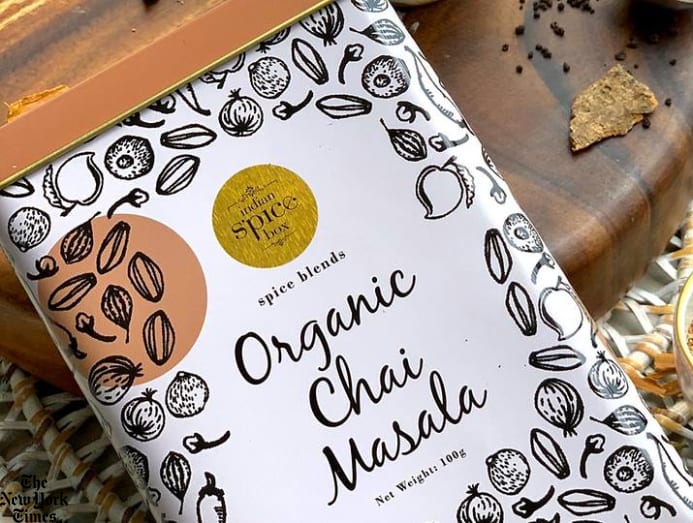
***
THE RAVAL FAMILY RECIPE
For the blend
Ingredients
7cm to 8cm root ginger
A few cinnamon sticks
2 tbs whole cloves
2 tbs cardamom seeds
2 tbs white peppercorns
2 tbs black peppercorns
Instructions
1. Take the root ginger and grate coarsely. Roast this in an oven for 15 minutes at 180C (160C fan assist), taking care that it does not burn. Meanwhile, toast the cinnamon sticks in a hot pan until they become fragrant. Repeat with the cloves, cardamom (keeping the husks as they have flavour and aroma), white peppercorns and black peppercorns, toasting each of them separately.
2. Using a mortar and pestle, spice grinder or clean coffee grinder, turn each spice into a fine powder. Keep each spice separate until you are ready to make the blend.
3. For the blend, take 1 tsp cinnamon powder, 1 tsp clove powder, 1 tsp nutmeg powder, 3 tsp cardamom powder, 4 tsp ginger powder, 1 tsp white peppercorn powder, 1/2 tsp black peppercorn powder and mix well. You can alter the quantities of each spice depending on your preferences. Those not partial to a fiery kick can leave out the black pepper. Store the blend in a cool dry place in a glass jar or another airtight container.
For the chai
Ingredients
3 tsp Assam tea leaves or 2 strong black tea bags
1/2 cup water
1/2 cup milk
1 tsp chai masala
2 tsp sugar
A few slices of fresh root ginger
Instructions
1. To make a single cup of masala chai, place the tea leaves (or tea bags), water, milk, chai masala blend, sugar and a few slices of fresh root ginger in a saucepan. Heat it all up together and let it simmer until the colour darkens to a deep rusty brown. Be careful not to let the chai boil over as it foams and bubbles up.
2. Pour the masala chai through a sieve into a cup, leaving behind the tea and spices, and enjoy.
By Anjli Raval © 2021 The Financial Times



